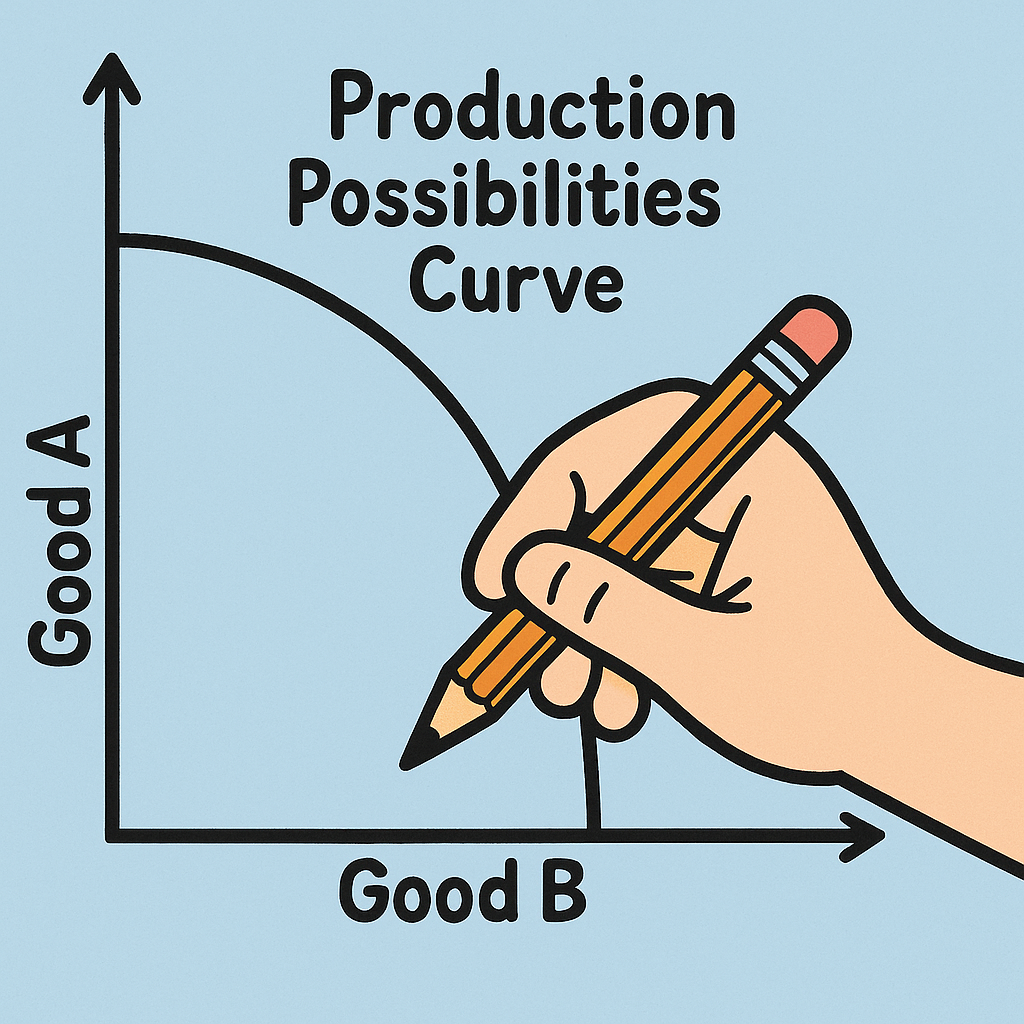
Grades 6-8

Don't have an account yet? Sign up for free
Don't have an account yet? Sign up for free


This lesson investigates the value of sports franchises in the various professional sports leagues. Students will investigate the revenues and costs of pro sports teams and determine which teams are the most valuable. Lastly, students will understand the specific rules of the game that leagues employ that influence franchise values.
 This lesson investigates the value of sports franchises in the various professional sports leagues. Students will investigate the revenues and costs of pro sports teams and determine which teams are the most valuable. Lastly, students will understand the specific rules of the game, which leagues employ that influence franchise values.
This lesson investigates the value of sports franchises in the various professional sports leagues. Students will investigate the revenues and costs of pro sports teams and determine which teams are the most valuable. Lastly, students will understand the specific rules of the game, which leagues employ that influence franchise values.
Click Cl
1. Start by asking students to define the term profit. [Lead them to the definition that profit is the difference between the sum of all the revenues (ways they make money) a firm receives and the sum of all of the firm’s costs (Profit = Total Revenue – Total Costs).]
2. Ask students whether sports teams are interested in profits. What information is provided to a team which is profitable? Unprofitable? [It has often been said that while we want the companies that we invest in to be profitable, people generally don’t think about sports teams this way. The students may give some examples of teams that don’t seem to care about making profits and spend lots of money on players like the Dallas Mavericks or the New York Yankees. Some students might also name some teams that do seem to concentrate on watching the bottom line like the Cincinnati Bengals or Pittsburgh Pirates. A team, which is profitable, is operating in such a way that it is providing their fans with a higher value product than it costs to produce. An unprofitable team is operating at a loss and needs to either cut costs or improve their value to their fans.]
3. Next, ask the students to brainstorm ways that a professional sports team earns revenue. [Sports economists typically put these into the following categories: Gate Revenue (ticket sales), Broadcasting Revenue (television and radio), Licensing Revenue (clothing sales, signage, etc.), and Stadium Revenue (parking, concessions, luxury suites, etc.)]
4. Next ask students to list the costs that the typical sports team incurs. [The largest cost for all sports teams are player salaries and typically represent about 50% of the team’s costs; the remaining costs include travel, marketing, administration (league and team) and venue expenses; in some sports, like baseball, player development is also a large cost. Team costs also include debt and interest payments. A team’s debt-to-value ratio, or the amount of debt they have in relation to their stated value affects their profitability.]
5. Now place students into groups of 2 or 3. Assign each team a league (NBA, NFL or MLB) to research using the worksheet in the “resources” section of this lesson. Given them about 20 minutes to collect data on the 5 teams in their league with the highest revenue, operating income, and current value.
6. Now discuss what determines a teams value (using current value data.) Clearly the size of the market a team plays in will have a role. Teams in large cities tend to do well financially but there are other factors that help generate high revenues and operating profits. Think about other factors which might affect profitability. Be sure to make the following points:
A. The “rules of the game” or economic system that each league employs influences the incentives and profitability of each team. For example, in the NFL the ticket revenue is shared 60/40. That is, the home team keeps 60 percent and 40 percent is shared with the rest of the league. While this helps to make all of the teams more equal, one source of stadium revenue not shared is from the luxury boxes. This explains why teams build stadiums with so many of these luxury boxes. Further, this explains why the Dallas Cowboys are so valuable. They play in a stadium with the most luxury boxes in the NFL. And that’s the key, as Dallas isn’t a large market by NFL standards.
If we turn to baseball, one is not surprised to see the New York Yankees as the most valuable franchise. What may be surprising is the reason why. While Major League Baseball shares the revenue from their national television contract evenly, teams are not required to share their local broadcast revenue. This is where the Yankees, earning in excess of a $100 million per year from their Yankees Entertainment System (YES) Network, have a huge advantage over the teams in smaller markets like Kansas City or Milwaukee. In fact, this explains why the Minnesota Twins are considered a “small market” baseball team; however, no one would ever call the NFL’s Vikings “small market”.
B. Ask the students to compare the value of the teams across the various sports leagues. They will notice that the most valuable franchises are in the NFL, where none of them lose money. You can explain this occurs because of the huge national television contract that the NFL shares equally among all of the teams. The 2014-2023 contract the NFL has with CBS, FOX, and NBC pays it $3.1 billion per year. Additional contracts with ESPN and DirectTV bring the total TV revenue for the NFL to more than $7 billion. MLB’s TV contract pays $1.6 billion per year while the NBA makes nearly $1 billion from TV revenue.
7. Conclude the lesson by making the point that professional sport franchises are much like business firms. They have revenues and costs, which influence their profits and overall value. However, it’s also true that the “rules of the game” also affect the incentives that the teams face. Just like taxes or government subsidies might influence the behavior of business firms in certain industries, the rules leagues make about the sharing of revenue influence the way they behave.
 This lesson investigates the value of sports franchises in professional sports leagues. Students investigate the revenues and costs of professional sports teams and determine which teams are the most valuable. Lastly, students understand the specific rules of the game, which leagues employ that influence franchise values.
This lesson investigates the value of sports franchises in professional sports leagues. Students investigate the revenues and costs of professional sports teams and determine which teams are the most valuable. Lastly, students understand the specific rules of the game, which leagues employ that influence franchise values.
1. Ask students conduct the same analysis–using the lesson worksheet– on the NHL. Ask students to explain why teams in this league tend to be worth substantially less than the other sports leagues. [Much of this can be explained by the very small television contract the league has negotiated.]
1. How does a professional sports team generate revenue? [Sports economists typically put these into the following categories: Gate Revenue (ticket sales), Broadcasting Revenue (T.V. and radio), Licensing Revenue (clothing sales, signage, etc.), and Stadium Revenue (parking, concessions, luxury suites, etc. The largest costs for all sports teams are player salaries and typically represent about 50% of the team’s costs; the remaining costs include travel, marketing, administration (league and team) and venue expenses; in some sports, like baseball, player development is also a large cost.]
2. Explain why the owners of the teams or their franchises do not get to take all the generated revenue.
[One must distinguish between revenues and profits. Revenues are the returns generated from doing business sales. Profits are the revenues minus the operating costs. The owners of a professional sports team must pay the operating costs (salaries of employee’s, rent on facilities, cost of equipment and merchandise etc.)]
3. Explain why incentives matter to professional teams, their leagues and the profits they earn.
[Incentives increase the value of the product being provided to consumers/fans. Players are incentivized to perform better so that they can earn a higher salary, coaches are paid more and have better job security if they win, owner and shareholders can generate more revenue/potential profits if their teams are winning because this will increase the value of the team to fans.]
4. Why are profits important to sports teams and everyone connected to them?
[Profits indicate information to sports teams that they are creating a product of value to their fans. They can be reinvested in the team to improve the product on the field or court. Or they can be paid to shareholders and owners.]
5. What makes the Dallas Cowboys the most valuable team in the NFL? [In the NFL the ticket revenue is shared 60/40. That is, the home team keeps 60% and 40% is shared with the rest of the league. While this helps to make all of the teams more equal, one source of stadium revenue that is not shared is from the luxury suites. This explains why teams build stadiums with so many of these luxury boxes.]
6. The Kansas City Royals are a “small market” team while the Kansas City Chiefs are not for which of the following reasons: (a) they draw fewer fans. (b) they rely more on local—not national—broadcasts for their media revenue. (c) they have a much older stadium than the Chiefs do. (d) they have to share more of their revenue with other teams.
[(b), they rely more on local—not national—broadcasts for their media revenue.]
2.

Grades 6-8

Grades 9-12

Grades 9-12

Grades K-2, 3-5
